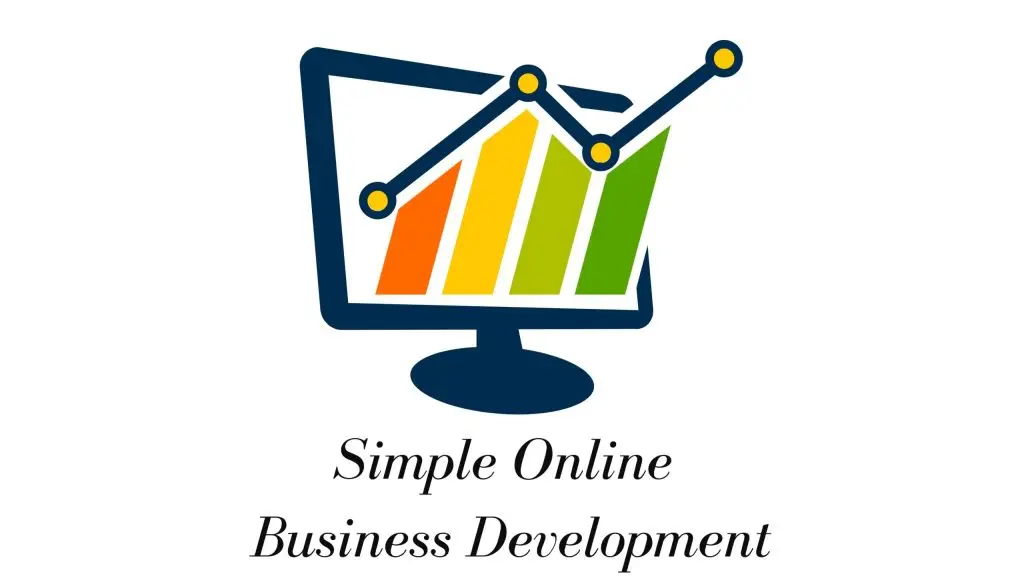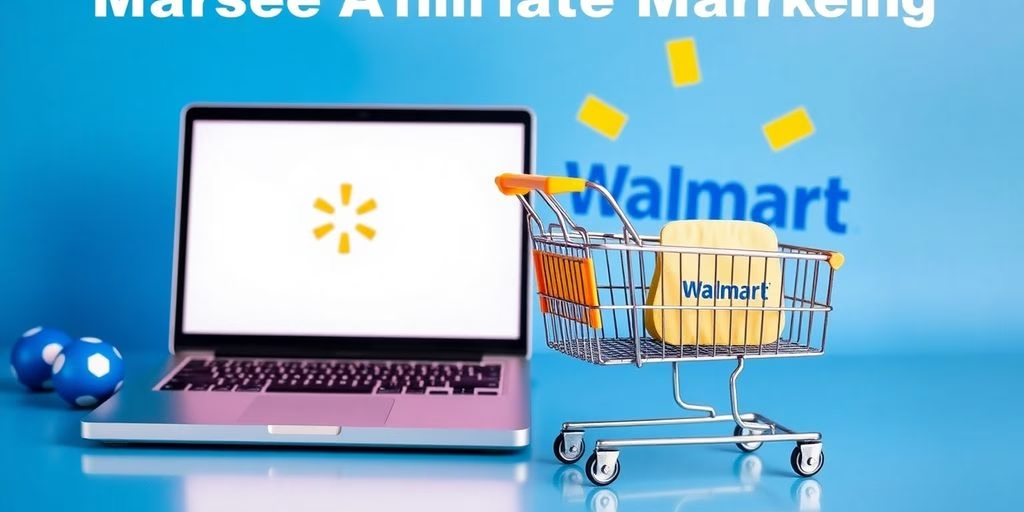Small businesses face a lot of challenges, but getting noticed online doesn’t have to be one of them. Digital marketing is a game-changer, plain and simple. It helps small businesses get seen, reach more people, and really grow. This article will show you how the benefits of digital marketing for small businesses can make a big difference, helping them compete and do well in today’s world.
Key Takeaways
- Digital marketing helps small businesses get more visible online, making it easier for customers to find them.
- It lets small businesses compete with bigger companies by giving them tools to reach a wide audience.
- Digital marketing is usually cheaper than old-school advertising and lets businesses track what works.
- Businesses can use digital marketing to connect with customers personally, building loyalty and repeat business.
- It helps small businesses change quickly to new market trends, keeping them ahead of the game.
Unlocking Growth: Benefits of Digital Marketing for Small Businesses
Increased Online Visibility
Okay, so picture this: you’re a small business owner, right? You’ve got this awesome product or service, but nobody knows about it. That’s where digital marketing comes in. It’s like shouting from the rooftops, but instead of just your neighbors hearing, it’s potentially the whole world! Think about it – more people seeing your stuff online means more chances for them to become customers. It’s all about getting your name out there.
Leveling the Playing Field
Remember when only big corporations could afford fancy ads? Well, those days are gone! Digital marketing lets small businesses compete with the giants. You don’t need a massive budget to run a killer social media campaign or get your website ranking high on search engines. It’s about being smart and creative, not just throwing money around. Finally, a fair fight!
Cost-Effective Strategies
Let’s be real, money matters, especially when you’re running a small business. That’s why I love digital marketing – it’s super cost-effective. You can target your ideal customers with laser precision, meaning you’re not wasting money showing ads to people who’d never buy from you anyway. Plus, you can track everything to see what’s working and what’s not, so you can adjust your strategy as you go. It’s all about getting the most bang for your buck. For example, you can use email marketing best practices to reach your customers directly.
Understanding the Long-Term Growth Potential Offered by Digital Marketing
Okay, so you’re thinking about the future, right? Good. Because digital marketing isn’t just a quick fix; it’s about setting your business up for the long haul. It’s like planting a tree – you might not see the shade tomorrow, but in a few years, you’ll be sitting pretty. Let’s break down how this works.
Expanding Your Customer Base
Think about it: your potential customers are online. All the time. Digital marketing lets you reach them no matter where they are. Forget about being limited to your local area. With the right digital advertising, you can target people across the country, or even the globe. It’s about finding the folks who are actually interested in what you’re selling, and that’s way easier to do online.
Building a Strong Online Presence
Your website and social media are your new storefronts. They’re often the first place people go to learn about your business. A solid online presence builds trust and makes you look legit. Plus, it gives you a place to show off what you do best. It’s not just about having a website; it’s about having a good website that people actually want to visit.
Achieving Sustainable Business Growth
Digital marketing, when done right, creates a snowball effect. The more content you put out there, the more visible you become. The more visible you are, the more customers you attract. And the more customers you attract, the more your business grows. It’s a cycle, and it’s all about building momentum. It’s not always easy, but with consistent effort, you can create a sustainable growth engine for your business.
Digital marketing is about creating a system that works for you, even when you’re not actively working on it. It’s about building something that lasts, something that continues to bring in customers and grow your business for years to come. It’s an investment in your future, plain and simple.
Analyzed Benefits of Digital Marketing in Fostering Small Business Growth
Digital marketing isn’t just a trend; it’s a game-changer for small businesses looking to expand. Let’s break down exactly how it helps.
Driving Higher Growth Rates
Digital marketing can seriously boost your growth. I mean, think about it: you’re reaching way more people than you ever could with just a local ad or a sign. A Boston Consulting Group (BCG) survey pointed out that businesses embracing digital strategies saw growth rates almost twice as high as those who didn’t. That’s a huge difference! It’s all about getting your name out there and turning those views into customers. You can achieve higher growth rates through digital marketing.
Maximizing Return on Investment
One of the coolest things about digital marketing is how you can actually see where your money is going. Unlike traditional ads, you get data, real numbers, and charts. This means you can tweak your campaigns, cut out what’s not working, and double down on what is. It’s all about getting the most bang for your buck. Plus, a HubSpot report showed that businesses using digital marketing can see revenue growth that’s significantly higher. Who wouldn’t want that?
Adapting to Market Changes
The world changes fast, especially in business. Digital marketing lets you keep up. See a new trend? Jump on it. Notice your ads aren’t working anymore? Change them now. That kind of agility is super important, especially for small businesses that need to stay nimble. Being able to adjust your strategy on the fly means you’re always relevant and always reaching the right people. It’s like having a superpower for your business. You can use digital marketing to adapt to market changes quickly and efficiently.
Digital marketing gives small businesses the power to compete and grow in ways that were never possible before. It’s not just about having a website; it’s about using the internet to connect with customers, build relationships, and drive sales. And the best part? It’s all measurable, so you know exactly what’s working and what’s not.
Success Stories and Case Studies Demonstrating Online Marketing ROI
It’s one thing to talk about the potential of digital marketing, but it’s another to see it in action. Let’s look at some real-world examples where small businesses have seriously crushed it with online strategies. These stories aren’t just feel-good moments; they’re proof that with the right approach, you can see some serious return on investment.
Real-Life Examples of Growth
Okay, so picture this: "Grandma’s Homemade," a tiny jam and jelly shop, was struggling to get noticed. They decided to invest in some local SEO internet marketing company and targeted social media ads. Within six months, their online orders jumped by 150%! They went from being a local secret to shipping their delicious goods nationwide. Another example is "The Cozy Bookstore," which started doing weekly live readings on Facebook. Their online community exploded, and their book sales followed suit. These are just a couple of examples of how businesses are growing.
Tangible Results and Increased Orders
It’s not just about likes and shares; it’s about cold, hard numbers. Take "The Bike Whisperer," a small bike repair shop. They started running targeted Google Ads for bike tune-up services. Their online bookings increased by 80% in just three months. Plus, they were able to track exactly which ads were bringing in the most business, so they could fine-tune their campaigns for even better results.
Digital marketing lets you see exactly where your money is going and what you’re getting in return. It’s like having a superpower for your business.
Faster Growth Through Digital Tools
Digital tools are changing the game. Here’s how:
- Marketing Automation: "Pawsome Pet Supplies" used marketing automation to send personalized emails to customers based on their past purchases. This led to a 40% increase in repeat business.
- Social Media Engagement: "Crafty Creations," a handmade jewelry store, used Instagram to showcase their products and run contests. Their follower count grew by 200%, and their online sales doubled.
- Data Analytics: "The Coffee Bean Cafe" used data analytics to track customer behavior on their website. They discovered that most people were ordering lattes in the morning, so they started running a special promotion on lattes during those hours. Sales went through the roof!
These examples show that with a little creativity and the right digital tools, small businesses can achieve some pretty amazing things. It’s all about finding what works for you and going for it!
Personalizing Customer Experiences for Lasting Loyalty

Let’s talk about something super important: making your customers feel like actual people. It’s not just about selling stuff; it’s about building connections. When customers feel valued and understood, they’re way more likely to stick around. And loyal customers? They’re the best for repeat business and spreading the word.
Connecting on a Personal Level
Okay, so how do you actually do this? Start by using the data you have. I mean, you’re probably collecting tons of info already. Use it to segment your audience. Don’t send the same email to everyone. Tailor your messages based on their past purchases, browsing history, or even just their location. Personalized content shows you’re paying attention.
Boosting Customer Satisfaction
Happy customers are repeat customers. It’s that simple. When you personalize their experience, they feel like you get them. This leads to higher satisfaction rates, which translates to more sales and positive reviews. Plus, satisfied customers are more forgiving if you mess up (we all do sometimes!).
Fostering Trust and Retention
Trust is everything. If customers don’t trust you, they won’t buy from you. Personalization helps build that trust by showing you’re not just another faceless corporation. You’re a business that cares about their individual needs. And when customers trust you, they’re way more likely to stick with you for the long haul. Think of it as building a relationship, not just making a sale. You can use personalization in digital marketing to achieve this.
Think about the last time a company really impressed you with their service. What did they do that made you feel valued? Chances are, it involved some level of personalization. Maybe they remembered your name, anticipated your needs, or offered a product that was perfectly tailored to your interests. That’s the kind of experience we’re aiming for here.
Here are some ways to personalize the customer experience:
- Personalized Emails: Use their name, mention past purchases, and offer relevant recommendations.
- Targeted Ads: Show them ads for products they’re actually interested in.
- Customized Website Content: Tailor the content on your website based on their browsing history.
Agility and Adaptability in the Digital Landscape
Okay, so the digital world moves FAST. Like, blink-and-you’ll-miss-it fast. For small businesses, this can feel overwhelming, but it’s also a HUGE opportunity. Think of it this way: you’re not a giant ship that takes forever to turn. You’re a speedboat! You can zip around, change course quickly, and take advantage of new trends as they pop up. It’s all about being ready to roll with the punches and seeing change as a chance to get ahead.
Quick Adjustments to Market Conditions
One of the coolest things about digital marketing is how quickly you can tweak your strategy. See a campaign isn’t working? No problem! Pause it, change the ad copy, target a different audience, and relaunch. You can literally do this in an afternoon. This kind of agility is impossible with traditional marketing, where you’re stuck with whatever you printed in that expensive brochure. With digital marketing, you can make swift adjustments to stay relevant.
Data-Driven Decision Making
Remember those days of guessing what your customers wanted? Yeah, those are over. Now, we’ve got data! Loads of it. And that data can tell you exactly what’s working and what’s not. Which ads are getting clicks? Which social media posts are getting shared? Which keywords are driving traffic to your site? Use this information to make smart choices about where to invest your time and money. It’s like having a crystal ball, but instead of magic, it’s just good old-fashioned analytics.
Staying Ahead of the Competition
Let’s be real, your competitors are probably already doing digital marketing. So, the question is, how can you do it better? By being agile and adaptable! Keep an eye on what they’re doing, but don’t just copy them. Find your own unique angle. Experiment with new platforms and strategies. And most importantly, always be learning. The digital landscape is constantly evolving, so you need to be too. Think of it as a game of chess – always planning your next move and staying one step ahead. It’s about finding your competitive edge and using it to your advantage.
Digital marketing isn’t just about having a website or a social media account. It’s about embracing change, using data to your advantage, and constantly innovating. It’s about being a speedboat in a world of ocean liners. And that’s something any small business can do.
Building Strong Relationships and Brand Awareness
Alright, let’s talk about something super important: building those rock-solid relationships with your customers and making sure everyone knows who you are! It’s not just about selling stuff; it’s about creating a connection that keeps people coming back. And hey, who doesn’t want that, right?
Engaging with Your Audience
Think of your audience as your friends. You wouldn’t just talk at your friends, would you? Nah, you’d chat with them. Social media is perfect for this. Ask questions, run polls, and respond to comments. Make it a two-way street. The more you engage, the more they’ll remember you.
Creating Value for Your Customers
What can you give away for free that people will actually find useful? A helpful guide? A cool template? A discount code? Free stuff is always a win, but useful free stuff? That’s gold. It shows you care and that you’re not just trying to take their money. For example, a local bakery could share a free recipe each month. It’s all about adding something extra that makes them think, "Hey, this company is pretty awesome!"
Cultivating a Loyal Customer Base
Loyalty programs are your friend. Reward people for sticking around. Offer exclusive deals, early access to new products, or even just a simple "thank you" every now and then. It makes people feel appreciated, and appreciated people tend to stick around. Think about it:
- Personalized emails with special offers.
- Exclusive content for loyalty members.
- Birthday discounts to show you care.
Building a loyal customer base is like planting a tree. It takes time and effort, but the shade it provides is totally worth it. Focus on making your customers feel valued, and they’ll become your biggest fans and advocates.
Don’t forget to keep an eye on your brand awareness too!
Wrapping Things Up: Your Business Can Totally Shine Online!
So, what’s the big takeaway here? Digital marketing isn’t just some fancy extra thing for big companies. It’s a real game-changer for small businesses like yours. Think about it: you can get your name out there, connect with people who actually want what you’re selling, and watch your business grow. It’s all about getting smart with your online presence. If you start putting these digital ideas into action, you’ll be amazed at the good stuff that happens. Your business will be stronger, you’ll find more customers, and you’ll be set up for success for a long time.
Frequently Asked Questions
How does digital marketing help small businesses?
Digital marketing helps small businesses by making them more visible online, attracting new customers, and helping them grow. It’s like putting your store on a busy street, but online.
Is digital marketing expensive for small businesses?
Digital marketing lets you reach many people for less money than old-school ads. You can also see what’s working and change your plans quickly to get the best results.
Can digital marketing help me connect with my customers?
Yes! Digital marketing lets you talk directly to your customers, understand what they like, and make them feel special. This helps build trust and keeps them coming back.
What are some ways small businesses can use digital marketing?
You can use things like social media posts, search engine ads, emails, and good website content to get more people to notice your business.
Are there real examples of small businesses growing with digital marketing?
Many small businesses have seen great success. For example, a small bakery used online ads and good website setup to triple their online orders in just six months!
How can small businesses stay current with digital marketing?
It’s important to keep up with new online tools and trends. Always check what’s working, and be ready to change your marketing plans as things change online.







































